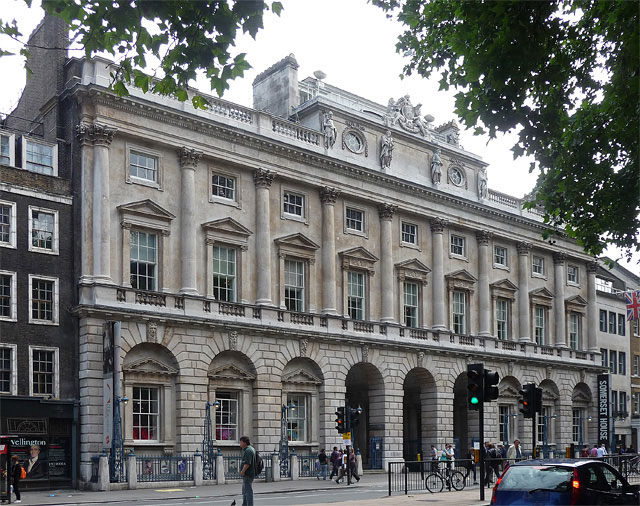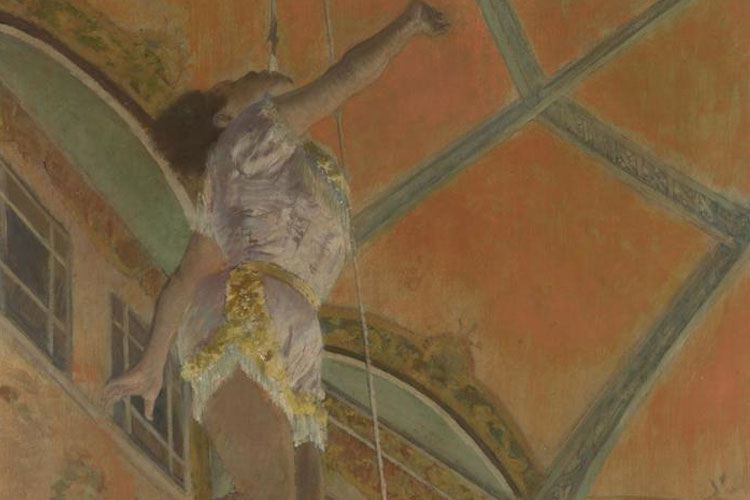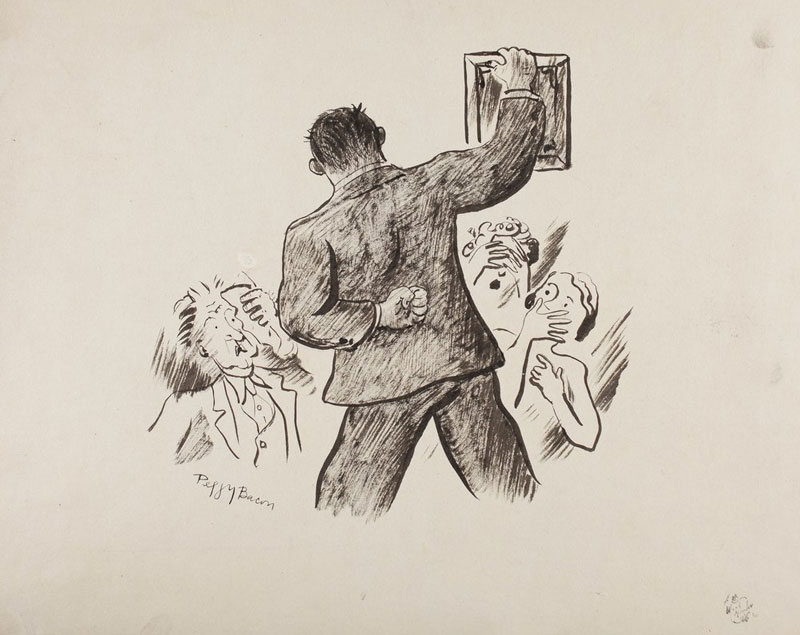Henry Moore and Roger Mayne: June exhibitions at the Courtauld

In June 2024, the Courtauld Gallery in London presents the exhibitions “Henry Moore: Shadows on the Wall” and “Roger Mayne: Youth”
Source: Courtauld Gallery · Image: Courtauld Gallery in Somerset House, London. Photo by Stephen Richards, license Creative Commons Attribution-Share Alike 2.0 Generic. Retrieved from https://commons.wikimedia.org/wiki/File:Somerset_House,_Strand.jpg
Henry Moore: Shadows on the Wall (8 June – 22 September 2024)
This focused exhibition considers Henry Moore’s (1898 – 1986) celebrated “Shelter” drawings as the point of departure for a new reading of the artist’s fascination with images of the wall, during and immediately after World War II. From the London Underground, where Moore drew figures sheltering from the bomb raids, the walls of these spaces came to absorb his attention in an altogether new way, becoming scene-setters, and key components of his drawings. This fascination with the bricks and the presence of walls, their texture, mass and volume, became especially important after his project to illustrate the wartime radio play The Rescue, based on Homer’s “Odyssey”.
Roger Mayne: Youth (14 June – 1 September 2024)
Acclaimed British photographer Roger Mayne (1929 – 2014) celebrated the lives of young people growing-up in his evocative documentary images in the 1950s and early 1960s. Self-taught and widely influential in the acceptance of photography as an art form, he was passionate about photographing human life as he found it – most famously the working-class communities of West London. Capturing children at play and the emerging phenomena of the swaggering teenager, Mayne discovered in the young a defining energy that perfectly embodied both the scars and radicalism of post-war Britain.
This exhibition of around 50 photographs focuses on this central thread in Mayne’s work, bringing together his iconic street scenes of London with little-known intimate images of his own family at home in Dorset from the late 1960s and ‘70s.
While the two bodies of work, street and family, have a different tenor, they are united by a radical empathy with his subject and the desire to create a photographic image with lasting impact, sensitivity and artistic integrity. With Mayne’s post-war subjects now in their more senior years and a new generation faced with myriad crises, Mayne’s deliberations on growing up, childhood, adolescence and family feel especially poignant and timely.
Follow us on:


